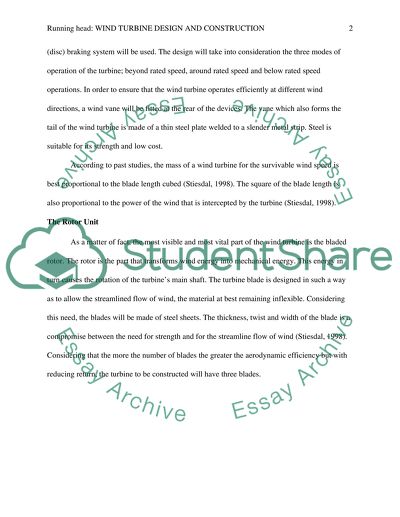Cite this document
(“Wind Turbine Design and Construction Lab Report”, n.d.)
Retrieved from https://studentshare.org/engineering-and-construction/1430944-wind-driven-device
Retrieved from https://studentshare.org/engineering-and-construction/1430944-wind-driven-device
(Wind Turbine Design and Construction Lab Report)
https://studentshare.org/engineering-and-construction/1430944-wind-driven-device.
https://studentshare.org/engineering-and-construction/1430944-wind-driven-device.
“Wind Turbine Design and Construction Lab Report”, n.d. https://studentshare.org/engineering-and-construction/1430944-wind-driven-device.


